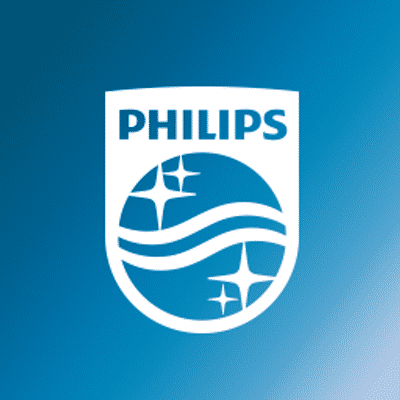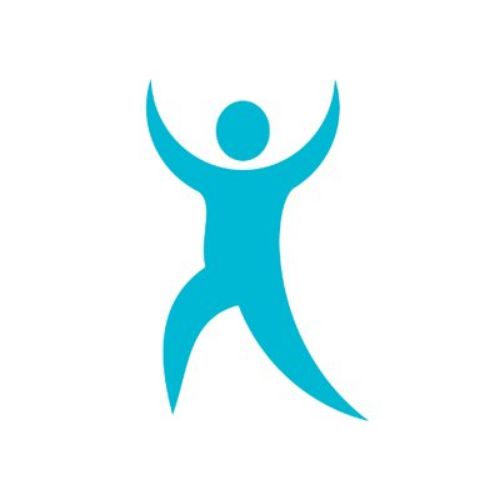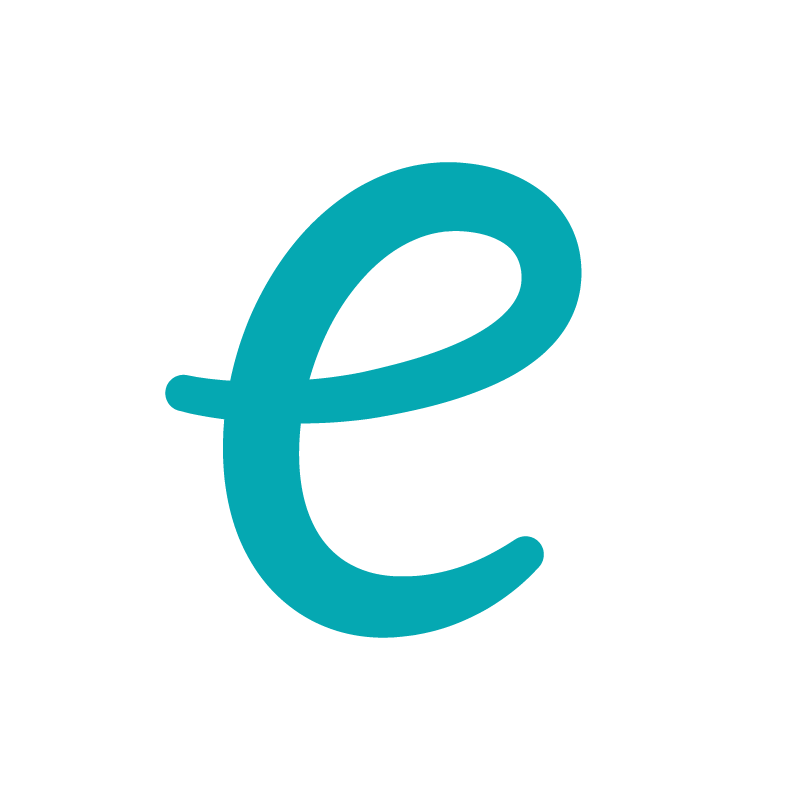hellocare's Virtual Nursing and Telehealth Module encompasses a broad spectrum of use cases, addressing various aspects of patient care such as:
ICU monitoring: This setup allows a single ICU nurse to monitor multiple patients from a command center, providing immediate alerts and necessary interventions.
Virtual Nurse Rounding: The two-way audio/video connectivity and real-time access to patient data enables virtual rounding for nurses to complete regularly scheduled check-ins on patients. Virtual rounding is a great way to identify patient needs and safety risks, monitor for changes in patient condition, and reduce the frequency of bedside staff re-entering patient rooms. It can also reduce exposure risk for COVID and other patients who require isolation, further preserving PPE.
Virtual Physician Rounding: Similar to Virtual Nurse Rounding, the physician can use the same platform and endpoint to do rounds with live examination. Our hellocare device will serve as a hub, connecting to different peripherals such as a Stethoscope or Dermatoscope, allowing the physician to do assessment remotely, eliminating the need for carts in the room.
Discharge Navigation: Virtual nurses can take the lead on completing discharge paperwork and coordinating other aspects of the discharge process.
Dual Sign Off: Bedside and virtual nurses can work together in real time to verify medications and for other tasks that require dual sign off, eliminating delays to care.
Patient Education: Nurses can use the A/V connection to patient rooms to educate patients and their virtual and in-person visitors about their conditions, procedures, and after-care, and be available to answer questions at any time.
Mentoring and Training Support: Experienced nurses can guide new hires and novice nurses through procedures and conduct joint physical/virtual patient visits to improve quality, reduce the learning curve, and provide an extra level of attention to patients.
Pain Assessment: Virtual nurses can round on patients routinely to assess their pain level, and follow-up with reassessment and documentation of patient response to pain relieving measures, such as medication administration and repositioning. Patients can also inform virtual nurses when they are experiencing pain.
Responding to Calls/Answering Patient Questions: Many nurse calls from patients can be resolved without requiring an in-room visit.
Care Plan Updates: Working collaboratively with the care team, a virtual nurse can serve as coordinator for updates to the care plan.
Provider Consultation: Telehealth is frequently used to facilitate consults among providers. Virtual nursing makes nurses available for consultation with caregivers in the patient room, and the virtual nurse can also initiate contact with specialists or other providers outside the facility.
Chart Audits: Assigning chart audits to virtual nurses frees the floor nursing staff to spend more time with patients while promoting patient safety and quality.
Post-Procedural Monitoring: Virtual nursing can provide enhanced monitoring for post-procedure patients and others that need close monitoring.
Order Clarification: Virtual nurses can take questions from their bedside counterparts and follow up with physicians when orders are unclear.
























